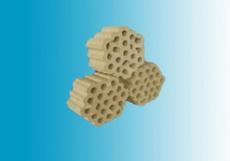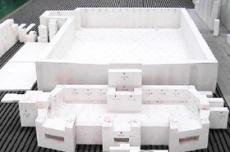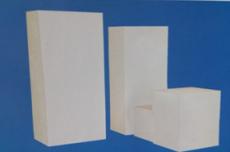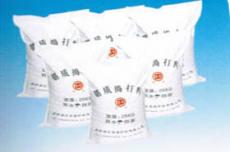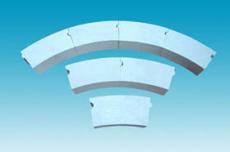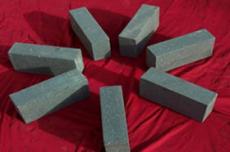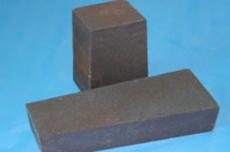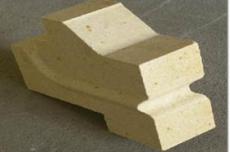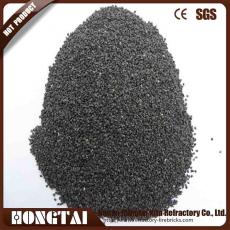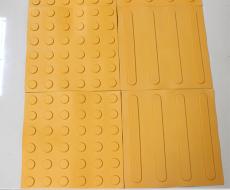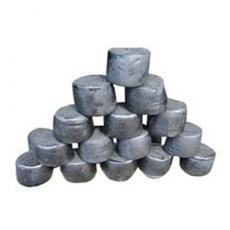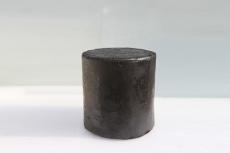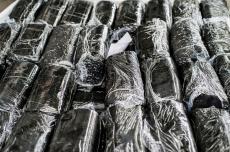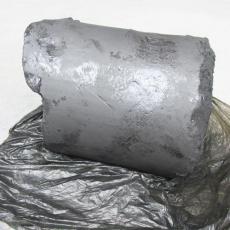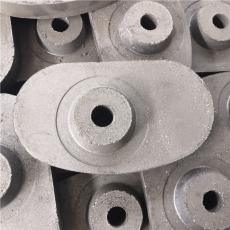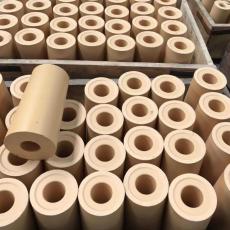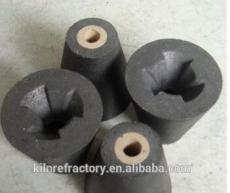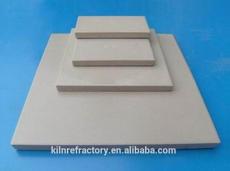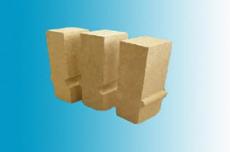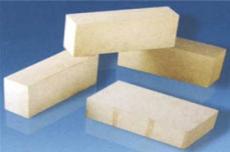
In the steel industry, kilns are key thermal equipment, and their operating efficiency and stability directly affect the cost and benefits of the entire production process. The thermal insulation performance of kilns is directly related to energy consumption and environmental protection. Therefore, the application of thermal insulation refractory materials in kilns in the steel industry is particularly important. This article will conduct an in-depth analysis of thermal insulation refractory materials for kilns in the steel industry from the aspects of material properties, classification, preparation process and application fields.
1. Characteristics of thermal insulation refractory materials
As the name suggests, thermal insulation refractory materials must have excellent thermal insulation and fire resistance properties at the same time. The main characteristics of this type of material include high porosity, low bulk density and low thermal conductivity. Specifically, the porosity is generally between 40% and 85%, the bulk density is less than 1500kg/m³, and the thermal conductivity is less than 1.0W/(m·K). These characteristics enable the material to effectively reduce heat transfer while withstanding high temperatures, improve the insulation effect of the kiln, and reduce energy consumption.
2. Classification of thermal insulation refractory materials
There are many types of thermal insulation refractory materials, which can be divided into multiple types according to different classification standards.
1. Classification by use temperature
Low-temperature insulation refractory materials: The use temperature is less than 600℃, such as some glass wool and rock wool products.
Medium-temperature insulation refractory materials: The use temperature is between 600℃ and 1200℃, suitable for some kilns in medium temperature environments.
High-temperature insulation refractory materials: The use temperature is greater than 1200℃, such as calcium silicate insulation materials, aluminum silicate refractory fibers, etc., which are widely used in high-temperature industrial fields such as steel metallurgy.
2. Classification by chemical composition
High-aluminum insulation refractory materials: With alumina as the main component, they have good refractoriness and resistance to slag erosion.
Silica insulation refractory materials: With silicon dioxide as the main component, they have good thermal shock resistance and thermal insulation properties.
Mullite thermal insulation refractory material: composed of mullite phase generated by the reaction of alumina and silica at high temperature, with excellent high temperature resistance and creep resistance.
3. Classification by product form:
Powdered granular thermal insulation refractory material: suitable for spraying, pouring and other processes.
Formed thermal insulation refractory material: such as thermal insulation bricks, thermal insulation boards, etc., can be directly used for masonry.
Fiber-shaped thermal insulation refractory material: such as refractory fiber blankets, felts, etc., with good softness and easy processing.
3. Preparation process of thermal insulation refractory material
The preparation process of thermal insulation refractory material is varied, and each process has its unique advantages and scope of application.
1. Foaming method: By adding foaming agent and stabilizer to the raw materials, thermal insulation refractory material with high porosity is prepared. This method is simple and low-cost, but the pore distribution and size are difficult to accurately control.
2. Chemical reaction method: The chemical reaction between the components in the raw materials is used to generate bubbles to form a pore structure. This method is suitable for material systems with good slurry fluidity and specific reactions.
3. Burnout method: Add combustible materials to the formula, and burn out the combustibles during the sintering process to leave gaps. This method is often used to prepare high-grade thermal insulation refractory materials, such as zirconium oxide, aluminum oxide, etc., but the raw material cost is relatively high.
4. Centrifugal injection method: For example, the preparation of glass wool and rock wool, after melting the raw materials at high temperature, use centrifugal injection technology to make them into fibrous materials. This method has low energy consumption and no pollution, and is currently a widely used production process.
4. Application of thermal insulation refractory materials in kilns in the steel industry
In the steel industry, thermal insulation refractory materials are widely used in the insulation layer of various kilns, such as blast furnaces, hot blast furnaces, heating furnaces, etc.
1. Blast furnace: The furnace wall and furnace roof of the blast furnace need to withstand extremely high temperatures and pressures, so high-aluminum, silica or mullite thermal insulation refractory materials are often used to improve the insulation effect and structural stability of the furnace body.
2. Hot blast furnace: The heat storage chamber and vault of the hot blast furnace have high requirements for thermal insulation performance. Lightweight insulation materials such as lightweight silica bricks and diatomite insulation bricks are often used to reduce heat loss and increase the hot air temperature.
3. Heating furnace: The furnace and furnace door of the heating furnace need to withstand high temperature and frequent thermal shock. Therefore, fibrous insulation refractory materials such as refractory fiber felt and blanket are often used to improve the thermal shock resistance and thermal insulation effect of the furnace body.
